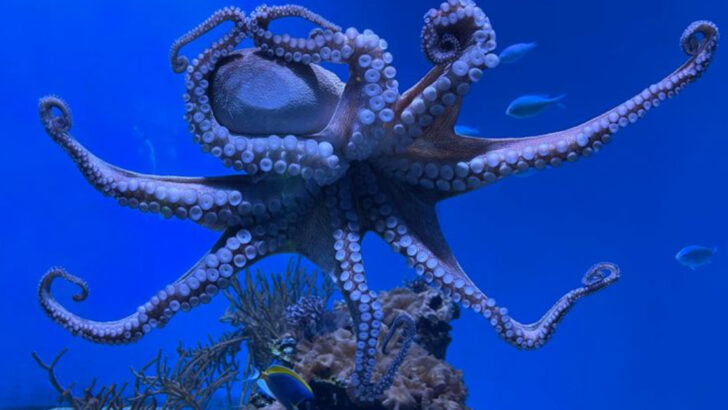Octopuses are alien-level strange—masters of disguise, escape artists, and brainiacs with eight arms full of surprises.
They can change color in a blink, squeeze through spaces no bigger than their eyeball, and even use tools like little underwater engineers. Oh, and did you know they have three hearts? Talk about overachievers.
Some species can mimic other sea creatures so perfectly, they vanish into their surroundings. Others punch fish just for fun. And if things get rough, they can ditch an arm like a lizard loses its tail—only to grow it back later.
If you thought octopuses were just squishy sea creatures, get ready to be amazed. These 16 wild facts will make you see them in a whole new way!
Octopus Intelligence
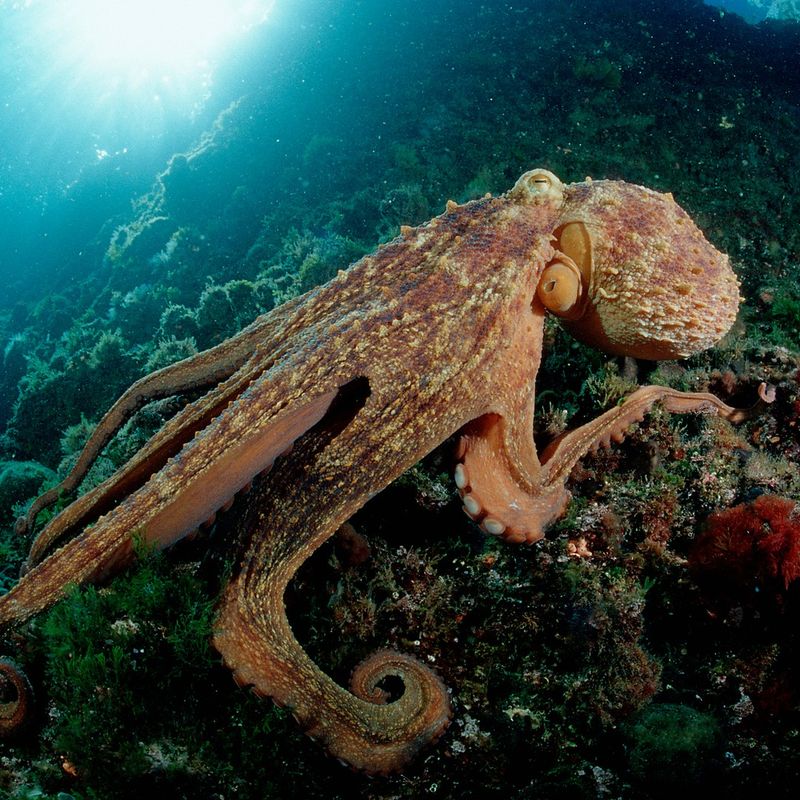
Octopuses are incredibly intelligent creatures. Studies have shown that they possess problem-solving skills and can navigate mazes, open jars, and even use tools. They have a large brain relative to their body size, and their neurons are distributed throughout their body, with a significant proportion in their arms. This decentralized nervous system allows them to perform tasks independently with their limbs. Researchers believe that their intelligence is comparable to that of a dog or some birds, making them one of the smartest invertebrates. Their problem-solving abilities are a testament to their evolutionary adaptability.
Camouflage Abilities
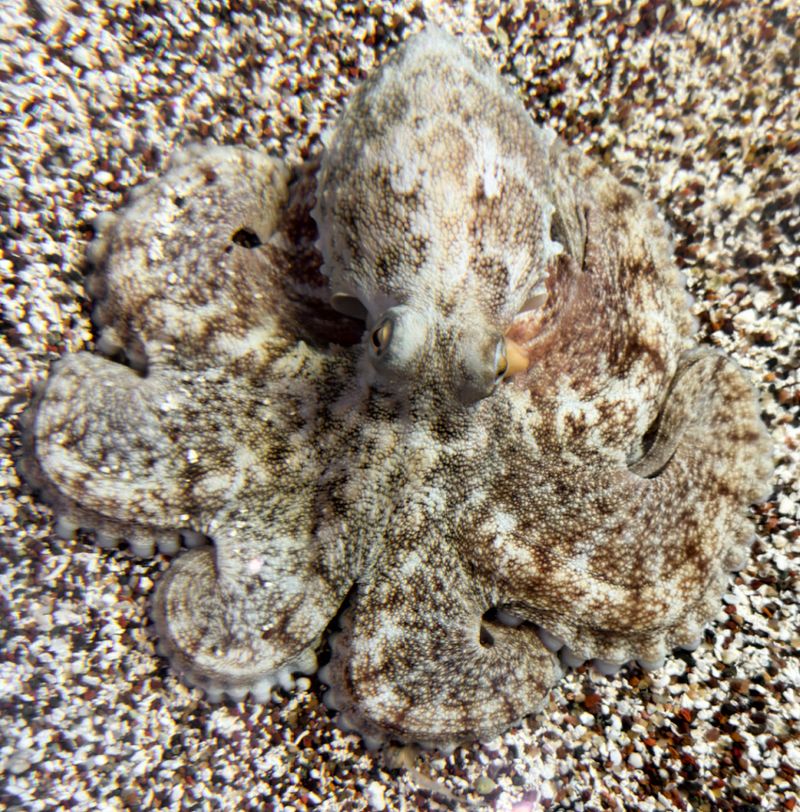
One of the most remarkable abilities of octopuses is their skillful camouflage. They can change their skin color and texture to blend seamlessly into their surroundings. This ability is enabled by specialized cells in their skin called chromatophores, which contain pigments that expand or contract to alter color. Additionally, they have iridophores and leucophores for reflecting light. This camouflage serves as a defense mechanism against predators and a cunning strategy for sneaking up on prey. The speed and precision with which they change their appearance are truly astounding, making them masters of disguise in the ocean.
Three Hearts
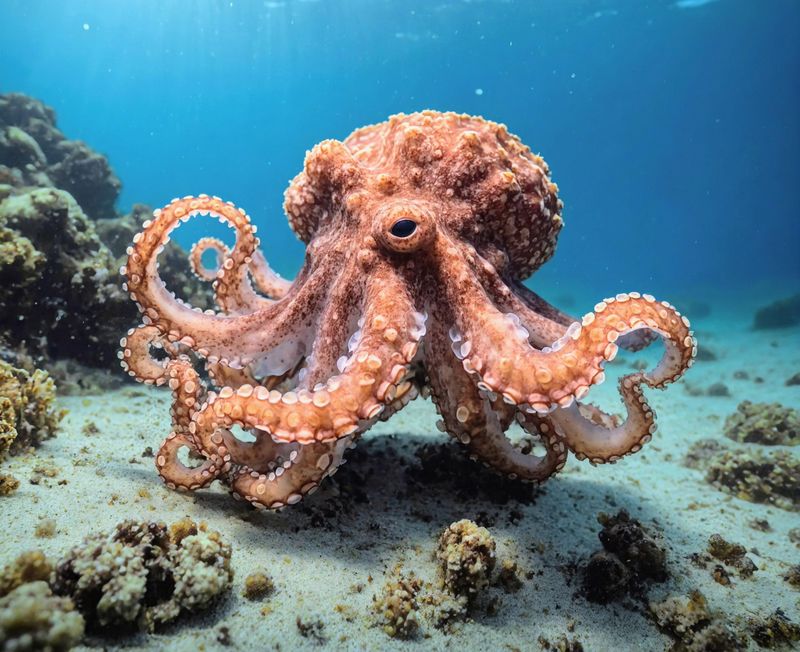
Octopuses possess three hearts, each serving a unique purpose. Two branchial hearts pump blood through the gills, where it is oxygenated. The third heart, the systemic heart, circulates the oxygen-rich blood throughout the rest of the body. When an octopus swims, the systemic heart temporarily stops beating, which is why they often prefer crawling to swimming. Their blood contains a copper-rich protein called hemocyanin, which gives it a blue color and is more efficient than hemoglobin in cold, low-oxygen environments. This cardiovascular system supports their active lifestyle and complex physiology.
Regeneration Power
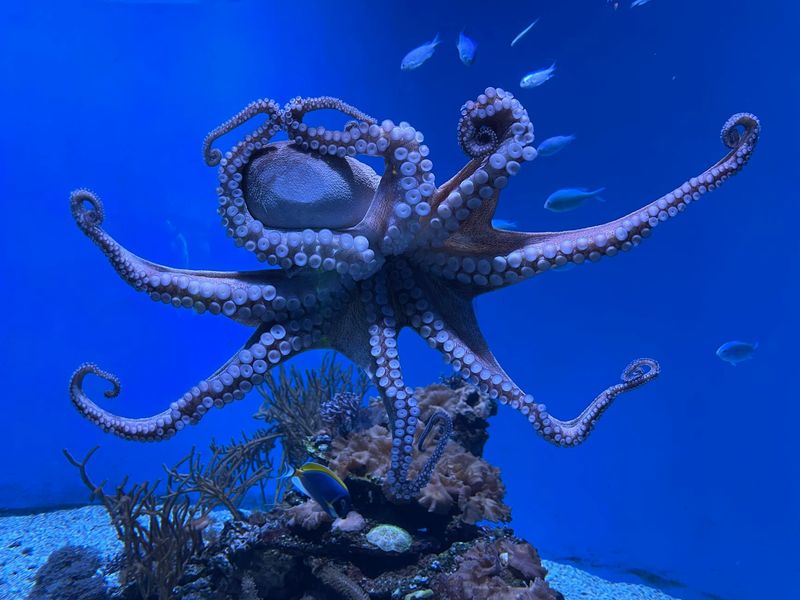
One of the octopus’s most fascinating capabilities is its ability to regenerate lost arms. If an octopus loses an arm due to injury or predation, it can regrow the limb over time. This regenerative process not only restores the arm’s structure but also its functionality, including nerve and muscle tissues. The ability to regenerate is crucial for survival, allowing them to recover from attacks by predators and continue searching for food. Scientists study this process to gain insights into regenerative medicine, hoping to unlock similar potentials in humans. The octopus’s resilience is truly remarkable.
Ink Defense Mechanism

Octopuses have a unique defense mechanism against predators: they can eject a cloud of ink. This inky substance not only obscures the predator’s view but also contains chemicals that disrupt the predator’s sense of smell, confusing them further. The ink serves as a decoy, allowing the octopus to escape while the predator is distracted. The composition of the ink includes melanin, the same pigment found in human skin and hair. This strategy is particularly effective in open ocean environments where quick escapes are crucial. The octopus’s ability to evade danger is truly fascinating.
Unique Locomotion
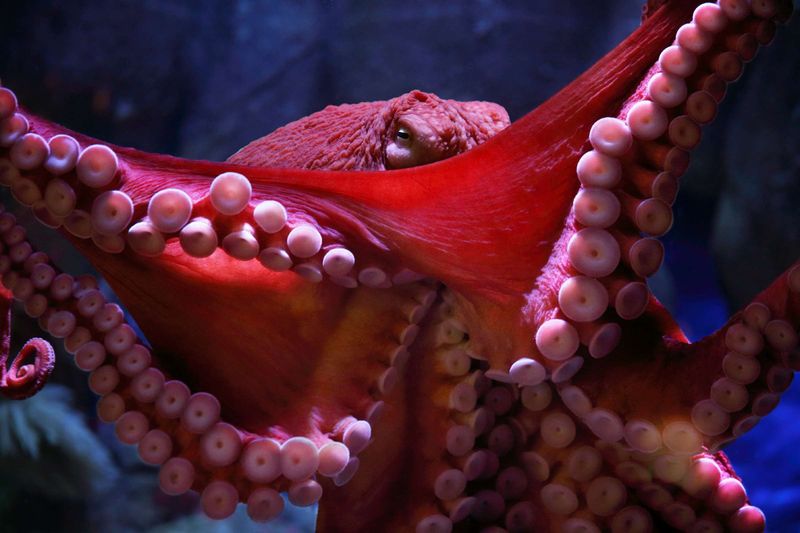
The octopus’s method of locomotion is distinctive and efficient. They primarily use jet propulsion, expelling water from their mantle cavity through a siphon, propelling them swiftly in the opposite direction. This form of movement is not only quick but also agile, allowing them to maneuver through complex environments. In addition to jet propulsion, octopuses can crawl along the ocean floor using their arms, a method often used when stalking prey or exploring. This dual locomotion strategy showcases their adaptability and is a testament to their evolutionary success in diverse marine habitats.
Color-Blind Yet Colorful
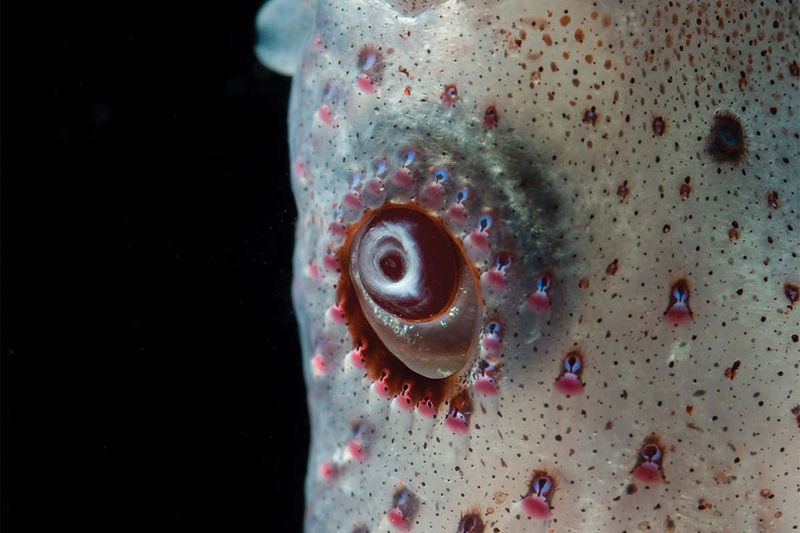
Octopuses are known for their vibrant displays of color, used for communication and camouflage. Surprisingly, they are color-blind; they cannot perceive color themselves. Instead, they rely on their ability to detect polarized light and changes in brightness to interpret their surroundings. Their skin contains specialized cells that adjust colors based on environmental cues. This ability allows them to match their background with astonishing accuracy, despite their lack of color vision. The octopus’s ability to create such vivid displays without seeing colors themselves is an intriguing example of nature’s complexity in adaptation.
Short Lifespan
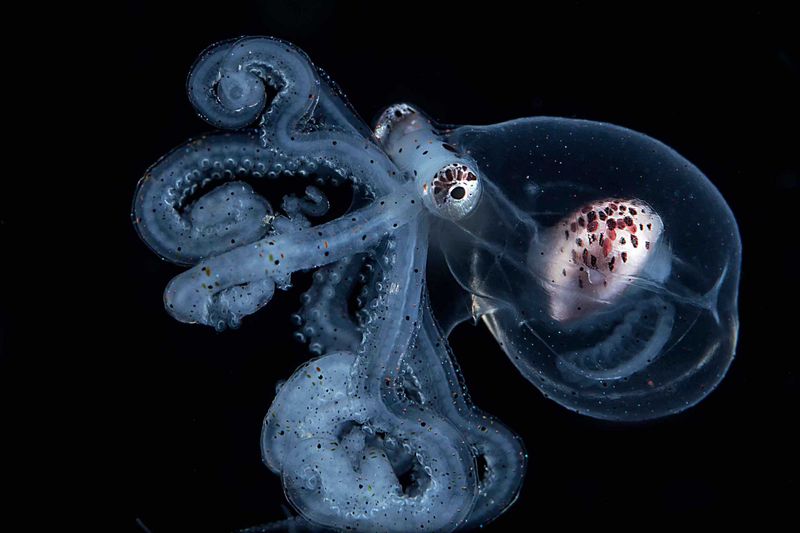
Octopuses have relatively short lifespans, with most species living only one to two years. This short lifespan is partly due to their semelparous reproductive strategy, where they reproduce once and then die. After mating, males typically die shortly, while females lay eggs and guard them until they hatch, after which they too succumb. This life cycle is a stark contrast to their complex behaviors and intelligence, which seem to warrant longer lifespans. Despite their brief existence, octopuses make a significant impact on the marine ecosystem, showcasing a life full of intense activity and purpose.
Blue Blood
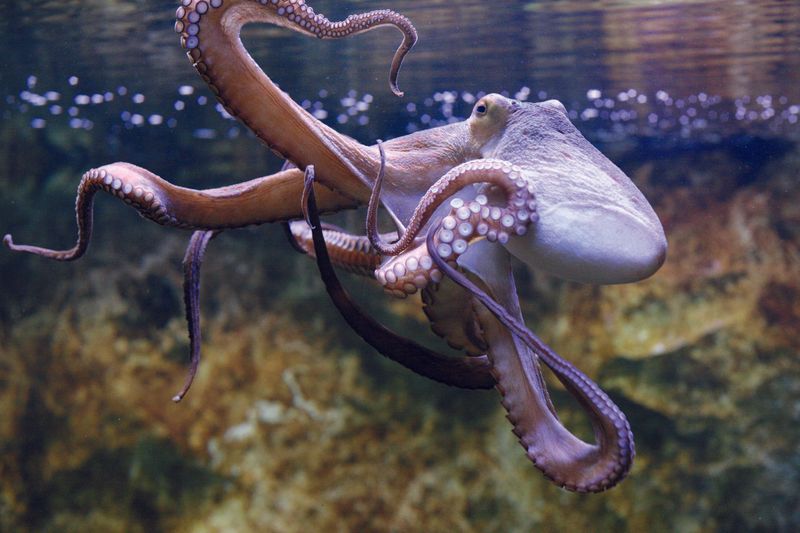
Unlike humans, octopuses have blue blood, a result of having hemocyanin instead of hemoglobin to transport oxygen. This copper-rich protein is more efficient than hemoglobin at carrying oxygen in cold and low-oxygen environments, which is characteristic of many oceanic habitats where octopuses thrive. The blue color of their blood is not just a curiosity but a crucial adaptation that allows them to survive and function in diverse marine conditions. This unique physiological feature underscores the octopus’s evolutionary ingenuity and adaptation to the challenges of underwater life.
Complex Nervous System
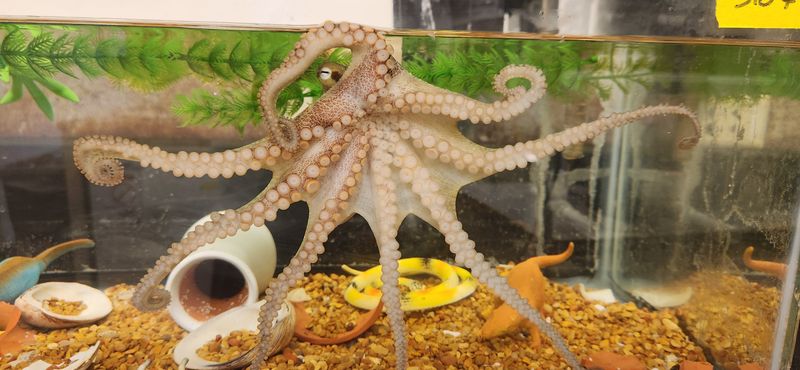
The octopus possesses one of the most complex nervous systems among invertebrates. With a decentralized nervous system, over two-thirds of their neurons are located in their arms, allowing them to process information and react independently of the brain. This setup enables them to multitask efficiently, such as handling prey with one arm while exploring with another. Their nervous system’s sophistication is comparable to some vertebrates, offering insights into the evolution of intelligence. The autonomy of their arms is a remarkable feature, allowing for complex behaviors and problem-solving capabilities.
Venomous Species
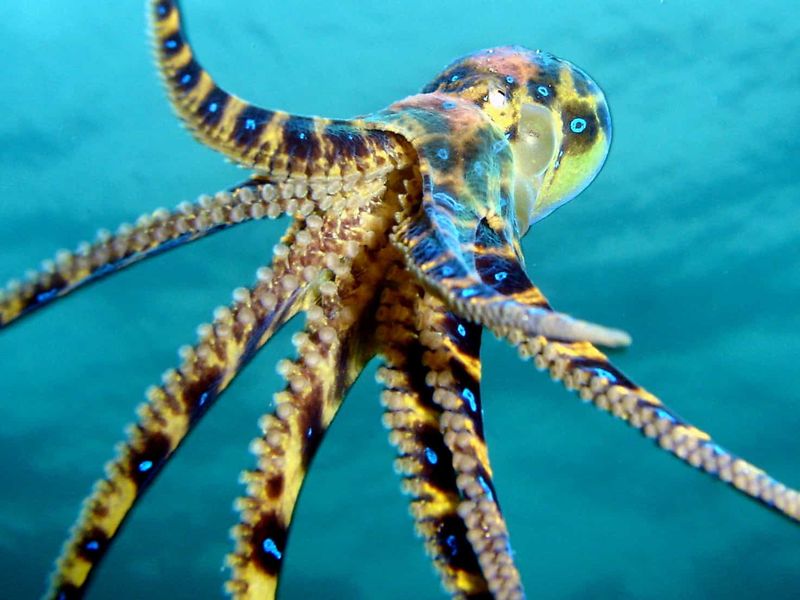
While not all octopuses are venomous, some species, like the blue-ringed octopus, possess venom potent enough to cause serious harm to humans. The blue-ringed octopus, in particular, contains tetrodotoxin, a powerful neurotoxin that can lead to paralysis and even death. Despite their small size, these octopuses use their venom for hunting and defense. Encounters with humans are rare, but it’s crucial to be cautious around them. Their vibrant blue rings serve as a warning to potential threats. Understanding their venomous nature highlights the diversity and complexity within the octopus family.
Eight Arms, Not Tentacles
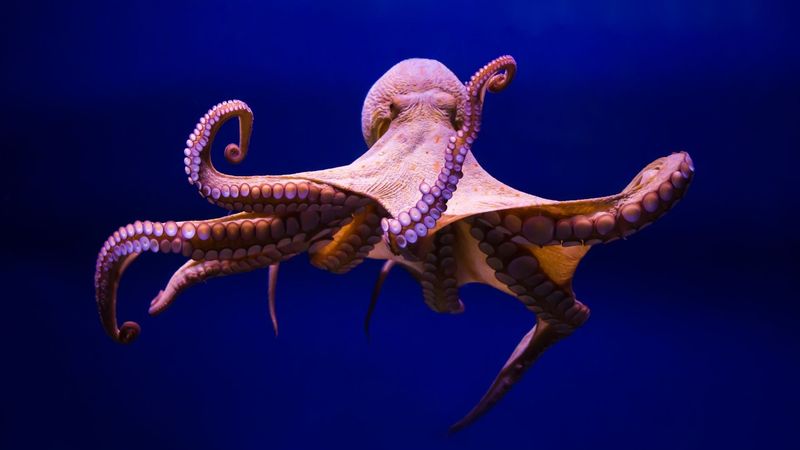
Commonly mistaken, octopuses have arms, not tentacles. Each of their eight arms is lined with sensitive suckers that serve multiple functions, from exploring and manipulating objects to tasting and sensing their environment. These arms can operate independently, a testament to their sophisticated nervous system. The term “tentacle” is more accurately applied to creatures like squids, which have two longer tentacles in addition to arms. This distinction is important in understanding the anatomy and behavior of octopuses, whose arms are integral to their interaction with the world around them and their survival.
Parental Sacrifice
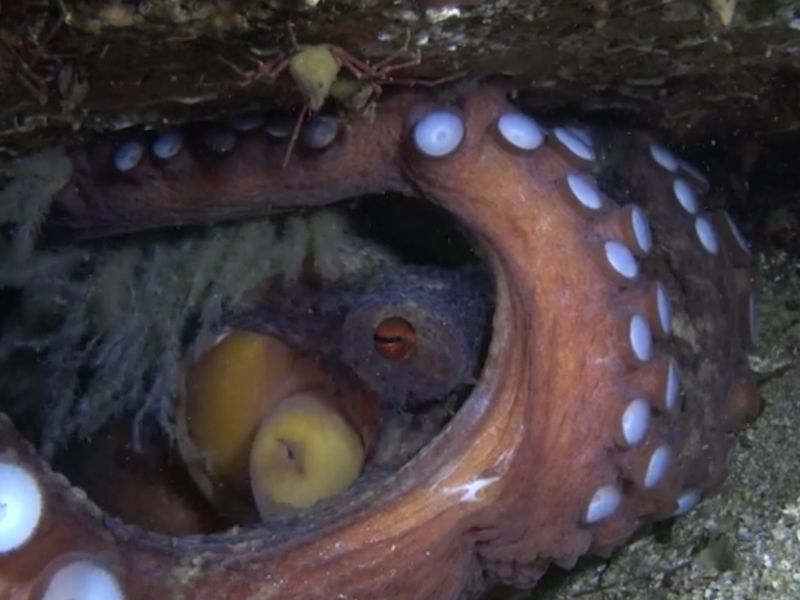
The maternal instinct of octopuses is profound, culminating in a significant sacrifice. Female octopuses lay thousands of eggs and meticulously care for them, ensuring fresh water flows over them and protecting them from predators. During this period, the mother does not leave the nest to feed, instead dedicating all her energy to the survival of her offspring. Once the eggs hatch, the mother, weakened from fasting, often dies soon after. This ultimate sacrifice ensures the propagation of the next generation. The devotion of a mother octopus is both a poignant and powerful aspect of their life cycle.
Mimicry Abilities
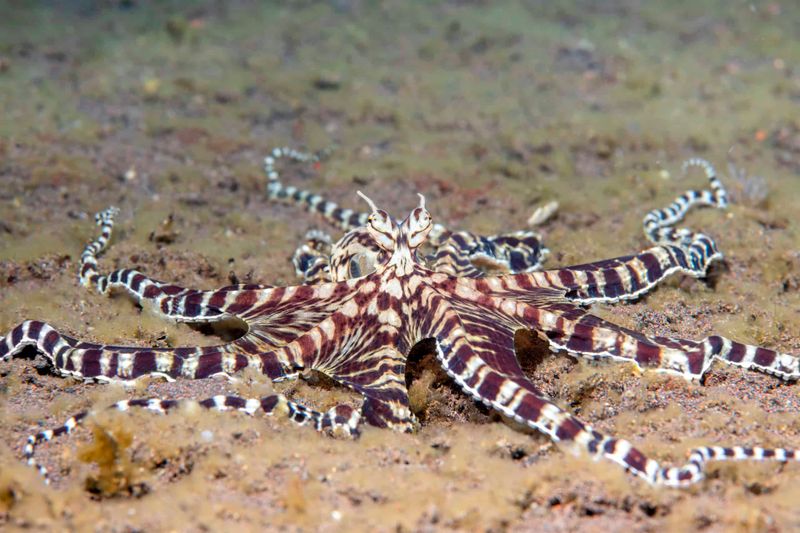
Some octopus species are adept at mimicry, imitating other marine animals as a defense mechanism. The mimic octopus, for example, can transform its appearance and movements to resemble venomous creatures like lionfish and flatfish. This ability confuses predators, providing a vital survival advantage. Mimicry requires not only physical transformation but also an understanding of the behaviors and characteristics of the creatures they imitate. This complex skill highlights the octopus’s cognitive capabilities and adaptability. The mimic octopus’s talent for impersonation is an extraordinary display of natural evolution at work.
Flexible Bodies
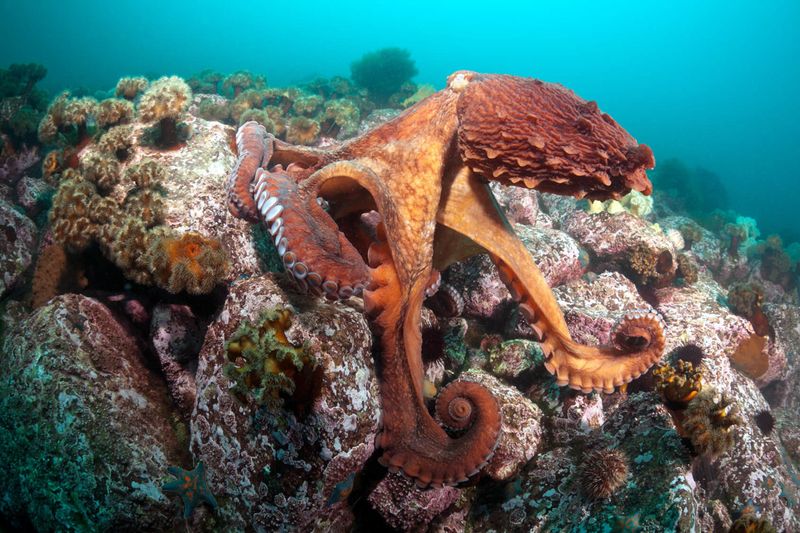
Octopuses have soft, flexible bodies without a rigid skeleton, allowing them to squeeze through incredibly tight spaces. This unique adaptation enables them to escape predators and access hard-to-reach areas in search of food. Their only hard part, the beak, determines the smallest opening they can pass through. This flexibility is a crucial survival trait, showcasing their ability to adapt to diverse environments. By contorting their bodies, they can explore complex terrains and avoid threats. The octopus’s pliability is a testament to their remarkable evolutionary adaptation and resourcefulness in navigating the ocean.
Giant Pacific Octopus
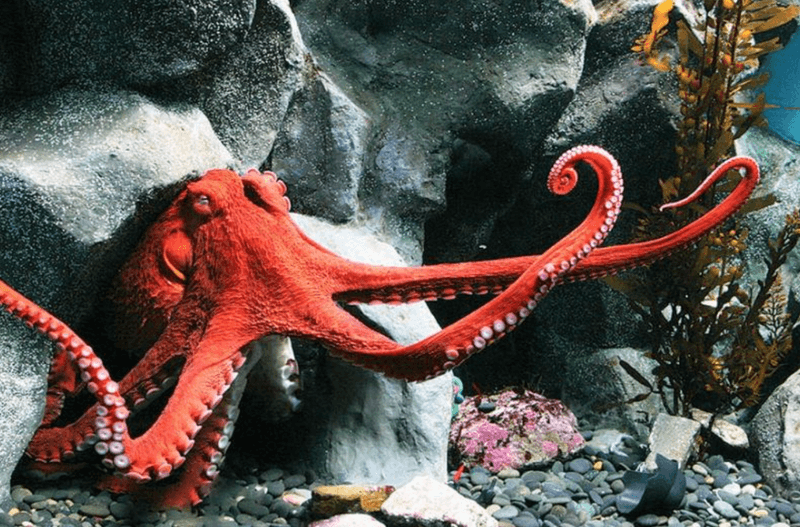
The giant Pacific octopus is the largest species of octopus, capable of growing up to 16 feet in length and weighing more than 100 pounds. Found in the chilly waters of the North Pacific Ocean, these octopuses possess the same remarkable intelligence and adaptability as their smaller relatives. Their large size allows them to hunt a variety of prey, including crabs, fish, and even small sharks. Despite their intimidating size, they are not aggressive towards humans. The giant Pacific octopus’s impressive stature and intriguing behavior make it a captivating subject for marine biologists and enthusiasts alike.

